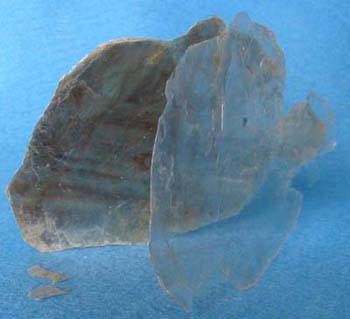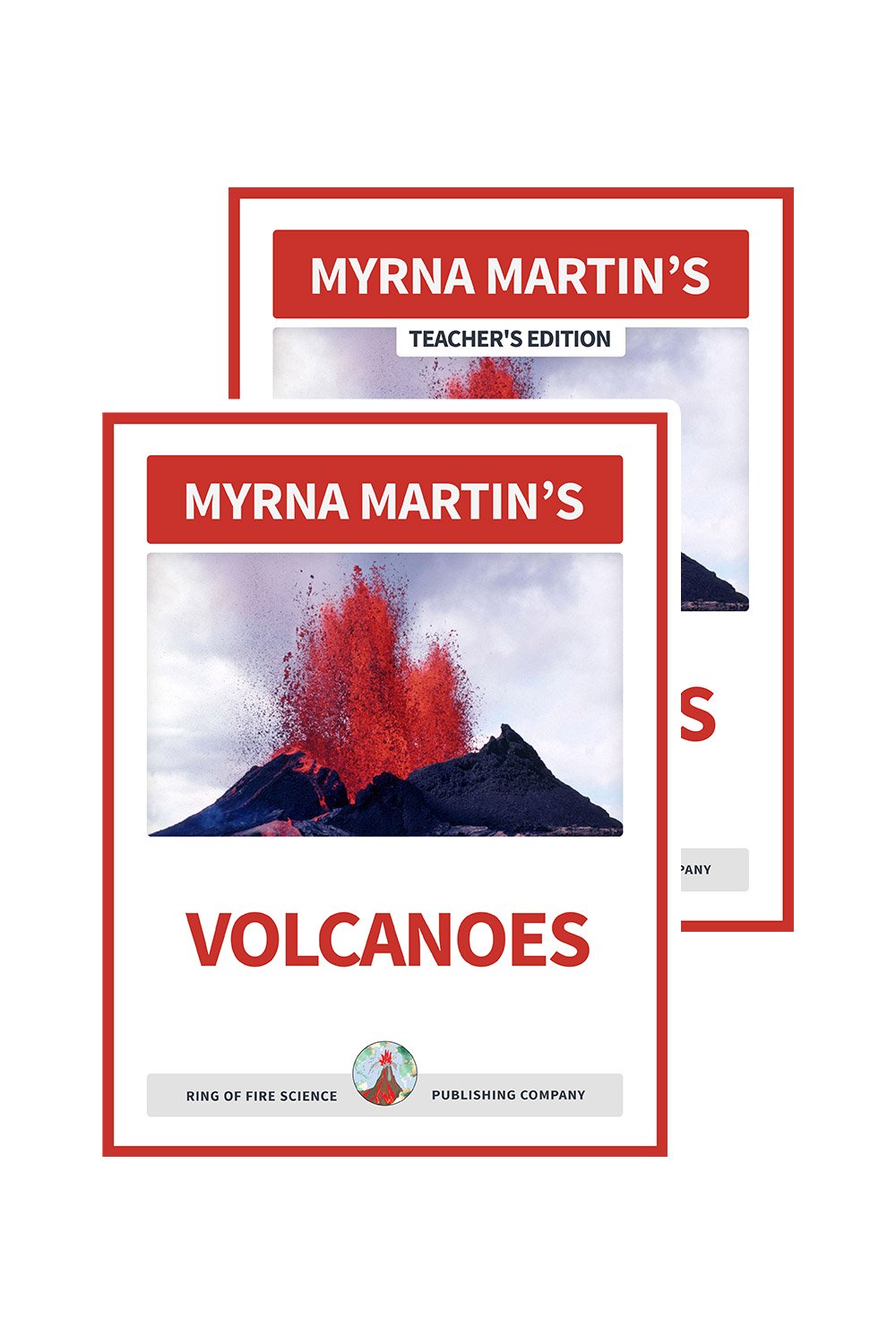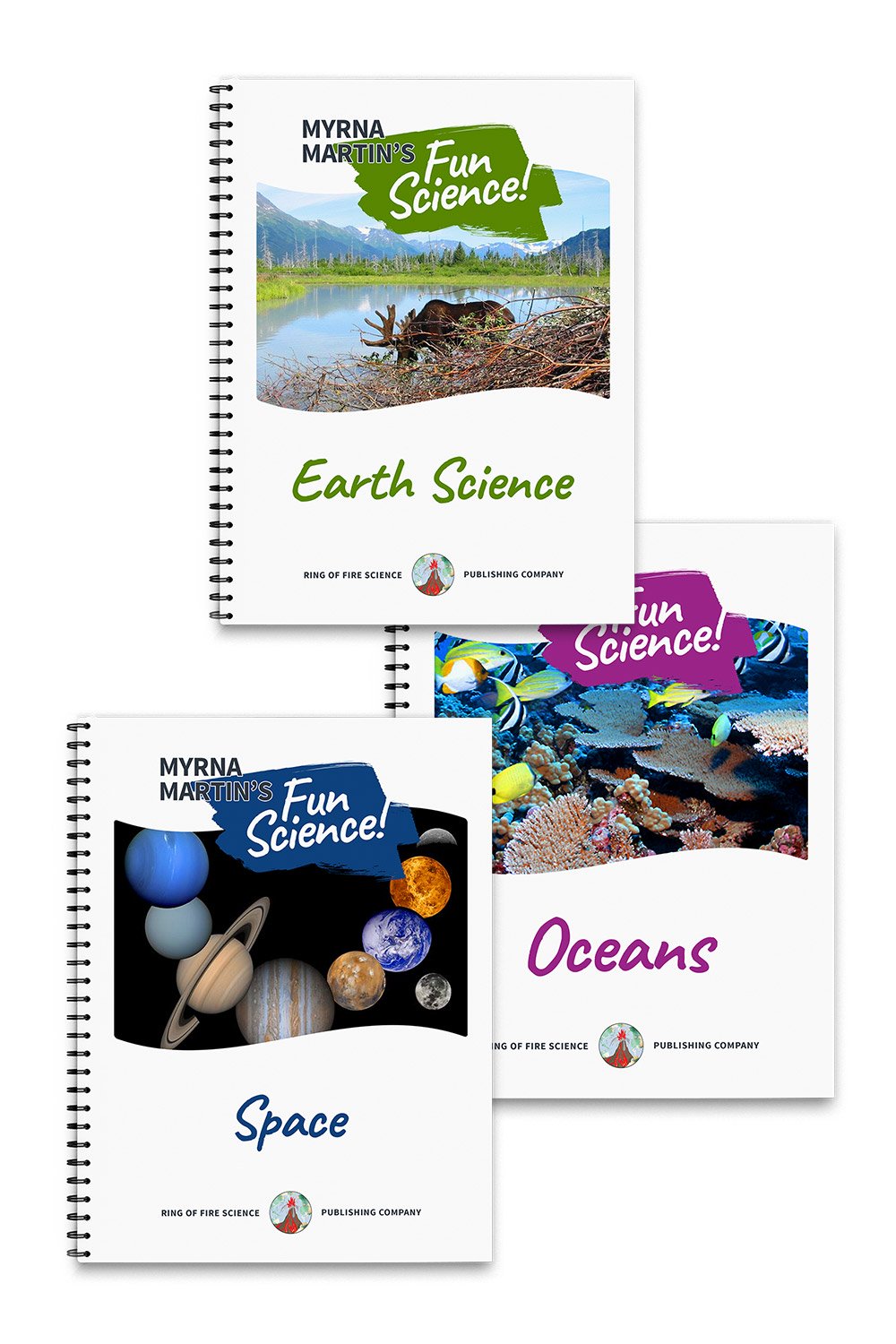Mica Minerals are Major
Rock Forming Minerals
Mica minerals are major rock forming minerals found in gneiss, schist and granite. The mica group includes muscovite mica and biotite mica. They usually form in layers of sediment on ocean floors. Weathering of continental rocks breaks large and small chunks of rock off the larger older rocks.
Rain water and river water breaks the materials down even further creating a variety of sediments. The sediments are carried to the sea by large rivers like the Mississippi and Amazon Rivers. Each rainstorm brings a new layer of sediment that settles on the seafloor on top of the previous layers. Each layer increases the depth of the sediment that produces heat and pressure on the sedimentary layers below
Sedimentary rock formation
The upper layers create downward pressure on the sedimentary layers that lie beneath them. The upper sedimentary layers compress the moisture out of the sediments due to the weight of the overlying layers. The bottom layers turn into shale, a sedimentary rock shale due to the heat and pressure.
Micas are common minerals that crystallize in these layers. When shale recrystallizes forming microscopic mica minerals between the sedimentary layers the rock turns into slate, a metamorphic rock.
Muscovite mica
Muscovite mica is the most common mica found in gneiss, schist and granite. The name muscovite mica is derived from Muscovy-glass which used the mica in Russian window glass. Today muscovite mica is still used in glass manufactured for wood stoves.
Muscovite mica is also used as a lubricant and in electrical components. Biotite mica contains iron and magnesium minerals that create a dark mineral that is harder to see through than muscovite mica.
Mica properties
Muscovite and biotite mica are two common minerals that crystallize in flat sheets in sedimentary layers. They are similar to sheets of paper laying on the surface of a table. You can lift off several sheets of paper when you want to separate them. If you pick up 25 sheets of paper and try to rip them in half so you only have the bottom half of each paper it is much harder.
The micas all have one dimensional cleavage which means they easily separate between layers like a sheet of paper. When you try and separate multiple layers mica the other way they rip in a jagged tear across the layers just like pieces of paper.
More Rock Cycle Links
- Rock Cycle is nature's recycler
- Plutonic rocks crystallize deep underground
- Sierra Nevada Batholith and Yosemite National Park
- Ignimbrite formed by supervolcanoes
- Mica minerals are major rock forming minerals
KIDS FUN SCIENCE BOOKSTORE
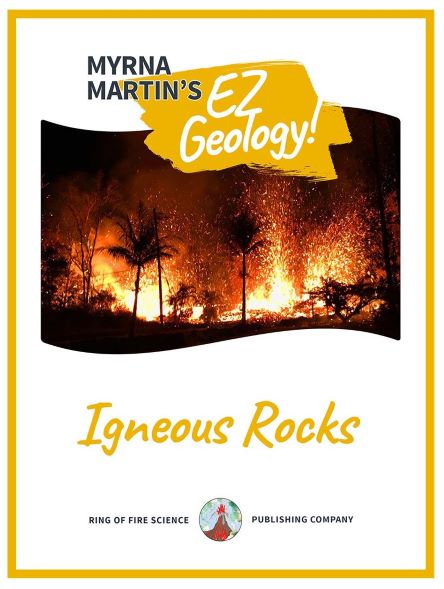 |
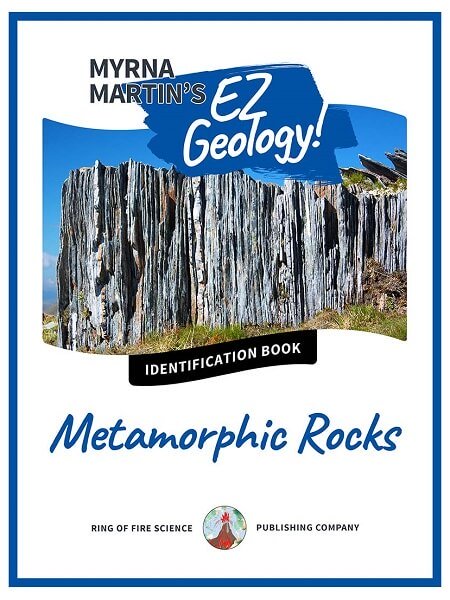 |
Check out Myrna Martin's award winning textbooks, e-books, videos and rock sets. The Kids Fun Science Bookstore covers a wide range of earth science topics. Click here to browse.
Sign up to our monthly newsletter and receive our FREE eBook containing 3 fun activities that don’t appear in any of our other books!
The Kids Fun Science monthly newsletter will include the following: current events, weird and fantastic facts, a question of the month, science trivia and the latest new content from our website.
We respect your privacy and you can be assured that we will never share your email address or use it for any other purpose than to send you our newsletter.


